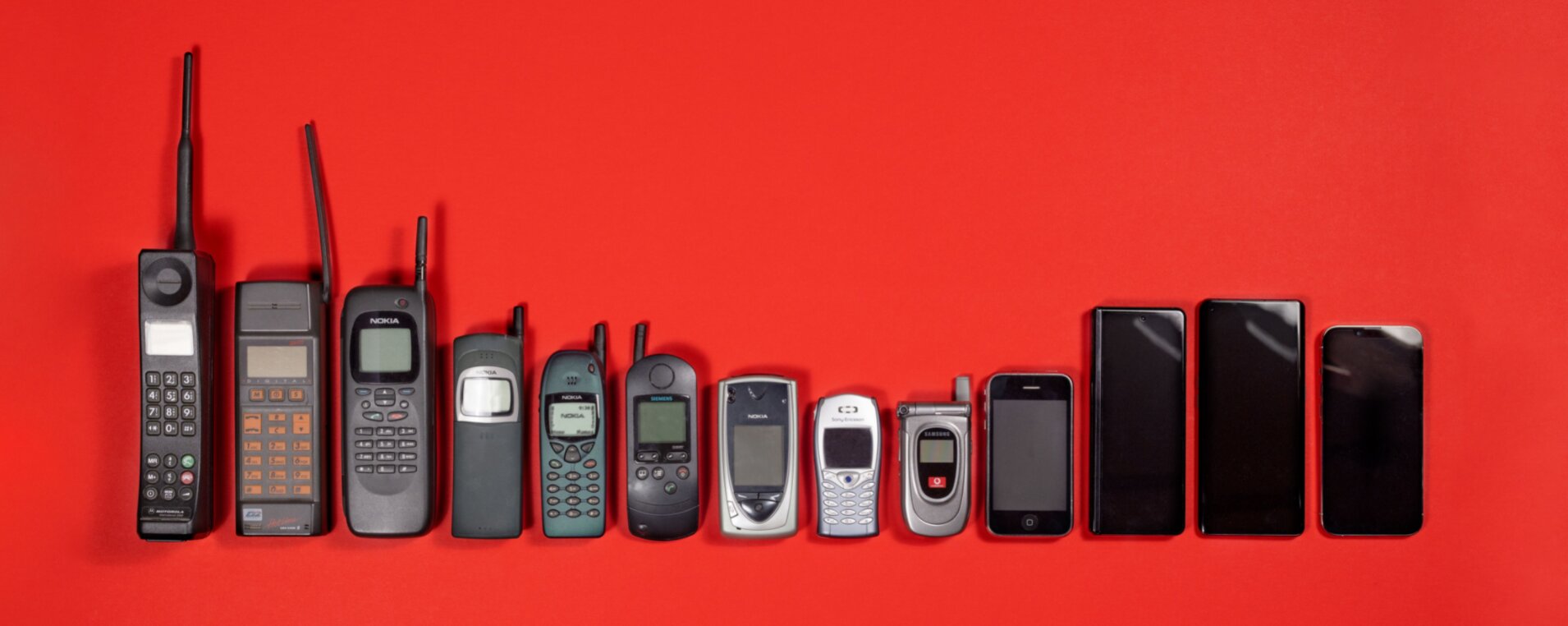The GSM standard, the D network or 2G is celebrating its 30th anniversary today and continues to form the foundation for certain basic functions in the digital mobile network. The first two providers in Germany were Deutsche Telekom and Mannesmann Mobilfunk, followed later by E-Plus in the E-Netz. A lot has happened since then.
The background to the name is the Groupe Spécial Mobile (GSM), founded in Europe in 1982, whose goal was a uniform digital mobile radio system. GSM and the D network based on the standard opened the door to mobile communications for the masses. The analogue A network in the 1950s to 1970s was reserved for heads of state and the wealthy in particular, and in the B network from 1972 to 1994 there was a limit to initially 16,000 and later 27,000 subscribers. Contracts were passed on like taxi licenses, recalls Philipp Schindera, Head of Corporate Communications at Deutsche Telekom, in the current podcast on GSM's 30th anniversary. The last analogue mobile network was the C-Netz alias 1G operated by the German DeTeMobil (formerly Deutsche Bundespost TELEKOM) from 1985 to 2000.
Mit the SMS came from the D network
With GSM and the D-Netz, the mobile phone, only and only in German-speaking countries called cell phone, arrived in the masses and later made possible not only pure telephony but also SMS, whose position in today's networks is taken by messengers with a significantly larger range of functions. As Vodafone explains in a review today, the very first text message ever was sent from a computer to Vodafone employee Richard Jarvis in 1992. The message: “Merry Christmas”. In the record year 2012, almost 60 billion text messages were sent across all German networks.
500 grams of mobile phone for 3,000 DM
Although the D-Netz was the door opener for the masses, mobile phones and contracts were still expensive. At Mannesmann Mobilfunk, customers had to pay a monthly basic fee of 78 DM plus a per-minute price of 1.44 DM for calls during the day. And many of the “mobile phones” on offer at the time for not infrequently 3,000 DM were not really mobile either. More than 500 grams in weight and running times of just two hours were the order of the day. In 1997, Vodafone's prepaid offer “CallYa” made mobile communications accessible to an even broader mass.
 Mobile phones over time (Image: Vodafone)
Mobile phones over time (Image: Vodafone)100 billion DM for 3G
Since then, a lot has changed on the web and in the number of users. 2G was followed in July and August 2000 by the legendary auction of the UMTS licenses, which flushed almost 100 billion DM into the coffers of the Finance Minister at the time, Hans Eichel. 3G made mobile Internet possible for the first time, although 2G was already able to transport data, and brought multimedia features such as music and photos to the phone. The big breakthrough for video followed a few years later with the LTE network (4G). In the summer of 2021, Telekom and Vodafone switched off their 3G networks and reallocated the frequencies for new standards. At the end of 2021, O2 was switched off.
Although the criticism is not always justified, mobile phone networks now achieve dramatically higher coverage than in the 1990s. In June 1992 Mannesmann Mobilfunk counted the first 100 mobile radio stations, today there are 25,500 that reach well over 99 percent of the population. At the end of 1998, Deutsche Telekom had around 5.5 million customers and 1,000 cellphone locations; today there are 53.2 million cellphone customers and over 34,000 locations.
GSM is still active
GSM is not yet dead in the age of 5G and 6G research. Telephony and SMS continue to work via 2G if, for example, you don't have a modern mobile phone . Emergency call systems such as the car emergency call eCall still use 2G.